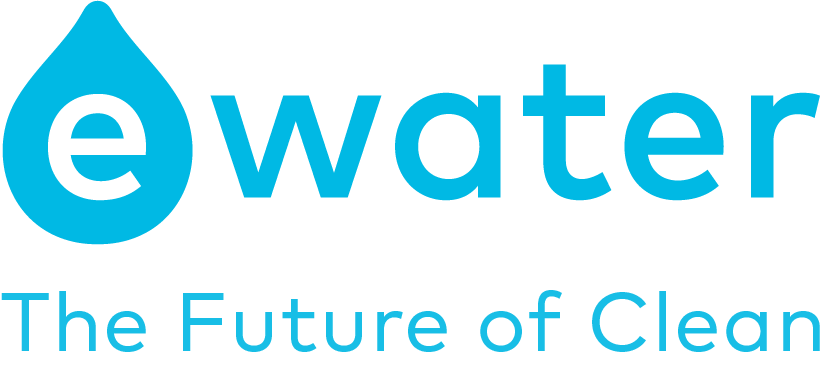The detrimental impact of micro-beads and micro-plastics have received heightened exposure recently.
According to Sky News, people eating seafood are absorbing micro-plastic pieces into their bloodstream with, alarmingly, “unknown effects on…health”.
Researchers at the University of Ghent in Belgium estimate that Europeans “currently consume up to 11,000 pieces of plastic in their food each year”. Many of these pieces of plastic will accumulate in the body over time, taken up by body tissues.
Professor Colin Janssen leading the Sky News research “the amount of plastic absorbed from our food will increase as plastic pollution in the ocean gets worse”.
The plastics are widely found in shellfish such as mussels and oysters. These crustaceans inadvertently ingest micro-plastics and although many pieces are expelled, fragments remain lodged in the body tissue.
Professor Colin Janssen declared that the presence of plastic particles being absorbed by humans was ‘a concern’. Janssen stated,
“They stay there for quite a while, we do need to know the fate of the plastics. Where do they go?... Are chemicals leaching out of these plastics and then causing toxicity? We don’t know and actually we do need to know”.
As plastic pollution builds up in the ocean, the pieces of plastic consumed will likewise increase.
With evidence suggesting that the hundreds of marine organisms that absorb plastic within the sea result in harmful, and fatal, encounters, governments need to start regulating.
This paper was published following the New Zealand government enforcing a ban on products containing micro-beams by July 2018.

